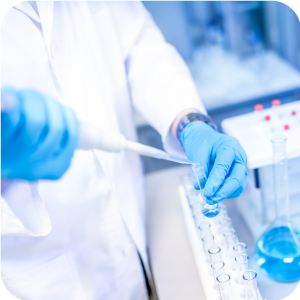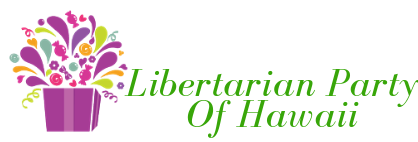
Wine tasting is a technique that requires knowledge, skills and experience. You will find in this section the elements that will allow you to talk about wine and better understand it. Now is the time to awaken your senses. From the wine testing lab you can have the best choice.
Taste the wine

Glassware used
The wines, whether they are still, sparkling (champagnes) or brandy (cognacs, Armagnacs) accompany the particular moments of existence. The tasting is not always analytical, it is important to drink these wines in good conditions so that they give you pleasure. Glassware contributes to the fulfillment of these conditions.
The glasses
For a long time, the choice of glasses was confined to the habits and preferences of each. Thus, voluminous glasses were the prerogative of red wines, glasses with the narrower calyx opening were those of white wines. Since then, glass specialists have sought and designed glasses that highlight the subtleties of the wines. We can say that the nature and the shape of the glass influence the tasting. Here are the factors:
- The glass consists of two parts: the foot and the drink (or the chalice). The base must have a certain height allowing the glass to be rotated to aerate the wine, without modifying the temperature.
- The glass must be as thin as possible, in order to give maximum sensitivity to the taster.
- The diameter of the bottom of the chalice and its opening must not be too large. In the first case, if the surface of contact of the wine with the air is large, the wine and therefore the alcohol heat up faster. In the second case, too large an opening promotes a significant loss of volatile compounds as soon as the wine is poured. In both cases, the olfactory and gustatory perceptions are altered.
We will remember that the shape of the drink should not be too flared and that its opening should be curved towards the inside of the glass.
- The glass wall must be transparent in order to be able to contemplate the color of the wine. Avoid thus the glasses with inscription, serigraphs or others. Crystal is perfect, just like glass if it is not too thick.
- Sparkling wines require suitable glasses. The latter have specially developed to adapt to the tasting of champagnes. In the 18th century, champagnes were served in conical glasses which have practically disappeared today. The cut, which appeared around 1830, is highly appreciated for its elegant and refined form but is not, however, suitable for sparkling wines. It indeed has a large contact surface with the ambient air, which promotes the loss of aromas and greatly accelerates the rise of bubbles and therefore the depletion of wine in carbon dioxide. Today, only three types of glasses are suitable for tasting sparkling wines: INAO glass (from the National Institute of Designations of Origin), the flute and the tulip glass which best preserves bubbles.
The carafe
The carafe has a flared shape, which offers a large contact area between the wine and the surrounding air. The decanting of wine will, therefore, consist of aerating it, which will create oxidation of some of its constituents and will promote the exhalation of aromas. In this way, young powerful and very tannic wines are decanted, so that they become pleasant on the palate, as well as wines with an ineffective nose.

